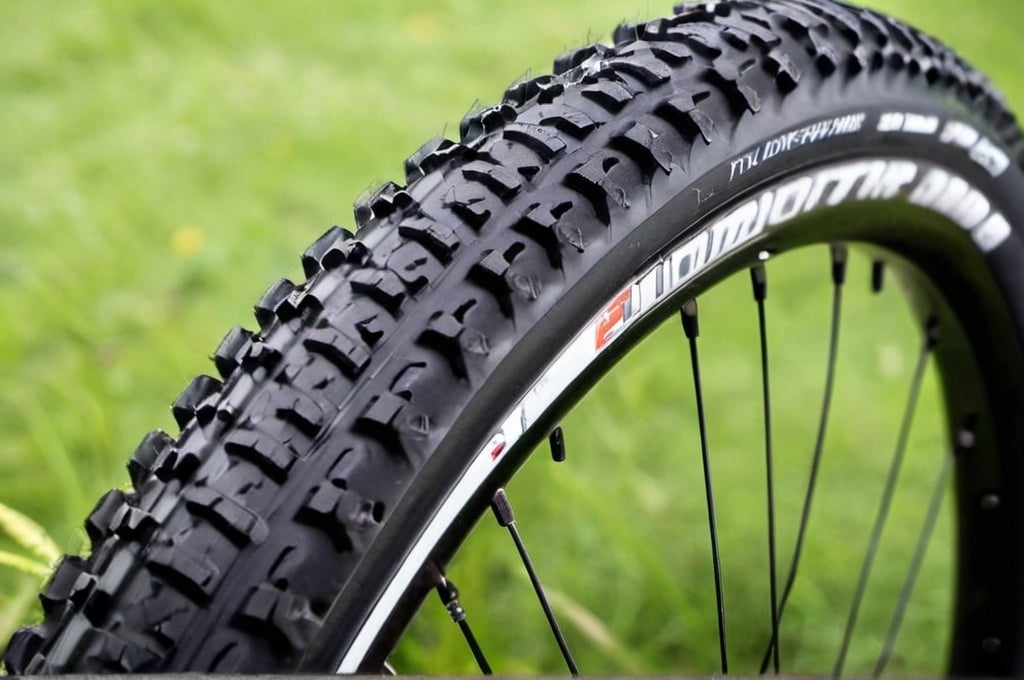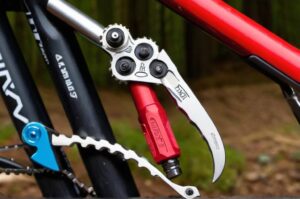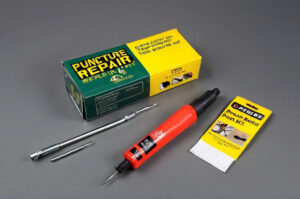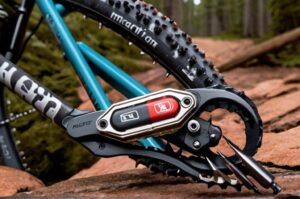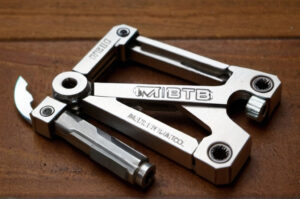Table of Contents
Introduction to Punctures and Their Impact on Riding
Punctures are one of the most common issues mountain bikers face, often occurring at inconvenient times. They result when the tire tube is pierced, allowing air to escape and causing a flat. This can be triggered by a variety of factors, including sharp objects, incorrect tire pressure, and environmental conditions.
The inconvenience of punctures extends beyond merely stopping a ride. It can involve hefty repair costs and, in some cases, poses serious risks, especially if a puncture happens in a remote area or at high speeds. According to some studies, up to 30% of all mountain biking trips are interrupted by punctures, illustrating how commonplace this problem is.
Preventing punctures is crucial for a smoother, uninterrupted ride. Understanding the primary causes of bike punctures and equipping yourself with the knowledge to avoid them can make your mountain biking experience more enjoyable and safe.
Sharp Objects on the Trails
One of the primary causes of bike punctures is sharp objects like rocks, thorns, and broken glass. These hazards are often hidden along trails and can easily slice through the tire’s surface. Identifying trails more prone to sharp debris involves observing the surrounding environment—trails running through bushes, forests, or rocky landscapes are usually more hazardous.
Techniques such as riding in the center of the trail can help minimize contact with sharp objects. Additionally, investing in tire liners and sealants can add an extra layer of protection. Tire liners act as a shield between the tube and tire, while sealants can automatically fill small punctures, helping to prevent flats.
Incorrect Tire Pressure
Maintaining the correct tire pressure is crucial for avoiding punctures. Ideal tire pressure ranges typically vary based on terrain and personal preference but generally lie between 30-35 psi for mountain bikes. Under-inflated tires are more susceptible to pinch flats, while over-inflated tires can be more prone to punctures from sharp objects.
Incorrect tire pressure can weaken the tire’s structure, making it easier for sharp objects to penetrate. Investing in a good pressure gauge and a reliable pump is essential for maintaining the appropriate pressure. Regularly checking your tire pressure before each ride can help prevent issues down the trail.
Worn-Out Tires
Old, worn-out tires are more susceptible to punctures because the rubber thins out over time, making it easier for sharp objects to penetrate. Signs that tires need replacement include visible wear on the tread, sidewall cracks, or a general loss of traction.
Selecting durable tires suited to your riding style and terrain can significantly reduce the risk of punctures. High-quality, robust tires with reinforced sidewalls are preferable for rugged trails. Additionally, regularly rotating your tires and conducting routine inspections will extend their lifespan.
Pinch Flats and Incorrect Riding Techniques
Pinch flats, also known as “snake bites,” occur when the tire is pinched against the rim, causing two small holes to form on either side of the tube. This typically happens when hitting an obstacle at high speed or riding with low pressure. To prevent pinch flats, it’s important to practice smooth riding techniques, such as easing off on rugged terrain and avoiding jumping over obstacles unless necessary.
Opting for tubeless setups can also minimize the occurrence of pinch flats. Tubeless tires don’t have an inner tube, reducing the chances of pinch-related punctures. Sealants used in tubeless systems can likewise automatically seal small punctures.
Poor Installation and Maintenance
Incorrect tire and tube installation can result in frequent punctures. Ensuring the tire is seated properly on the rim and double-checking for any trapped debris before inflating the tire is critical. Poor installation can cause uneven tire pressure, increasing the risk of punctures.
Routine maintenance is equally important to avoid punctures. Regularly checking for damage, ensuring the bead is properly seated, and using the correct tools (like tire levers) for installation can help prevent punctures. Keeping a set of basic maintenance tools and supplies can also save you from potential flats on the trail.
Environmental Factors
Weather conditions can significantly impact tire performance and the likelihood of punctures. Wet conditions can soften tires, making them more susceptible to sharp objects, while extremely dry conditions can cause tires to crack and become brittle. Seasonal changes such as autumn leaves or spring thorns can also pose additional risks.
Adapting your riding strategy based on environmental factors is essential for puncture prevention. Checking weather forecasts and avoiding risky trails when conditions are unfavorable can go a long way in maintaining tire integrity. Modifying your technique and slowing down in potentially hazardous conditions will help you navigate risky trails more safely.
Final Tips for Puncture Prevention
Regular inspection of your tires for damage, wear, and embedded sharp objects is essential for puncture prevention. Carrying a patch kit and knowing how to use it can save you from being stranded on the trail. Moreover, understanding how to ride within your limits to avoid making abrupt impacts can also extend tire life.
Engaging with community resources and forums can provide valuable advice on puncture prevention. Fellow mountain biking enthusiasts often share practical tips and recommendations based on their experiences. Learning from others and staying informed can further arm you against the common causes of bike punctures.
By incorporating these strategies and maintaining a proactive approach to bike maintenance, you can significantly reduce the likelihood of punctures and enjoy a smoother, more enjoyable ride.

